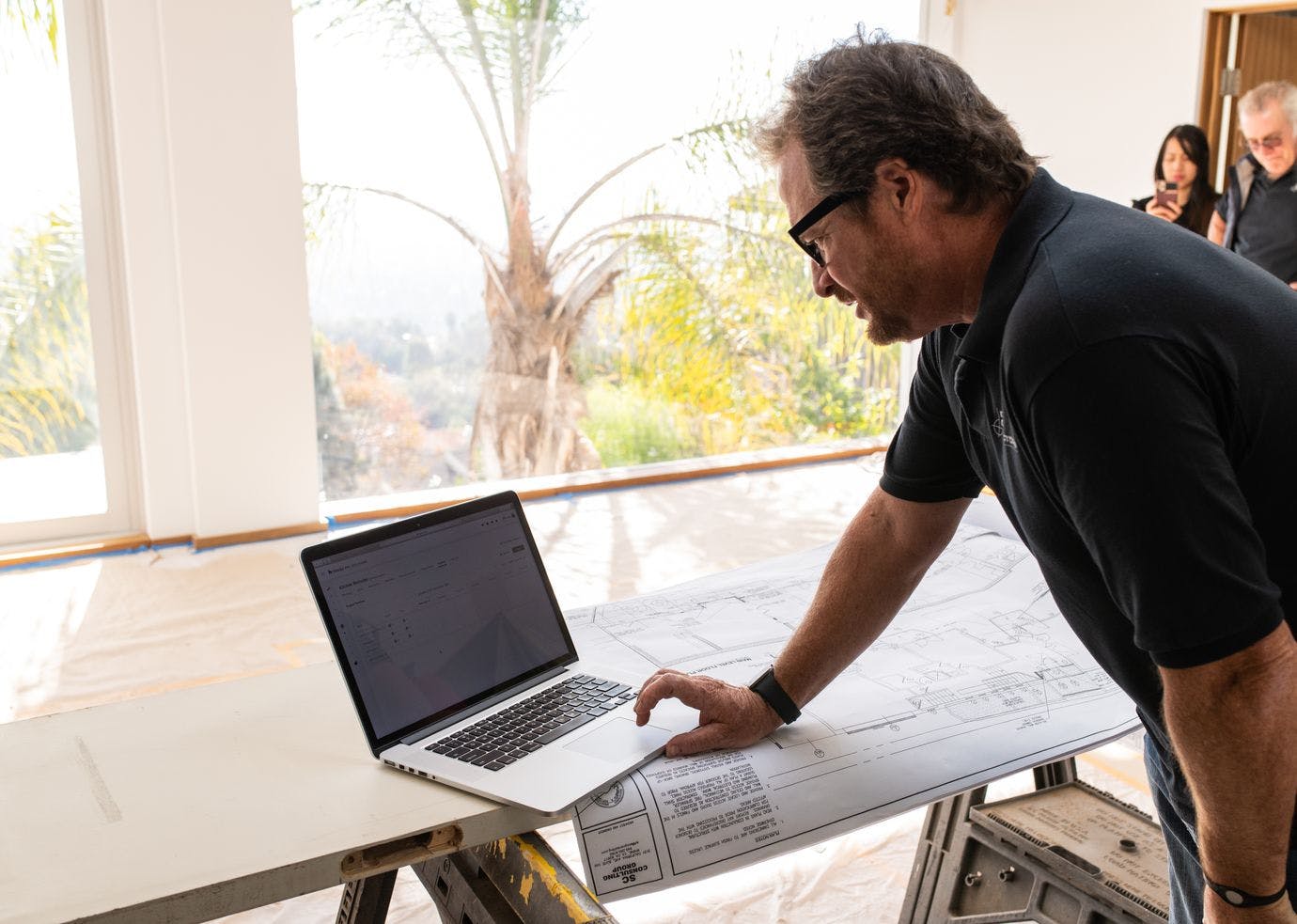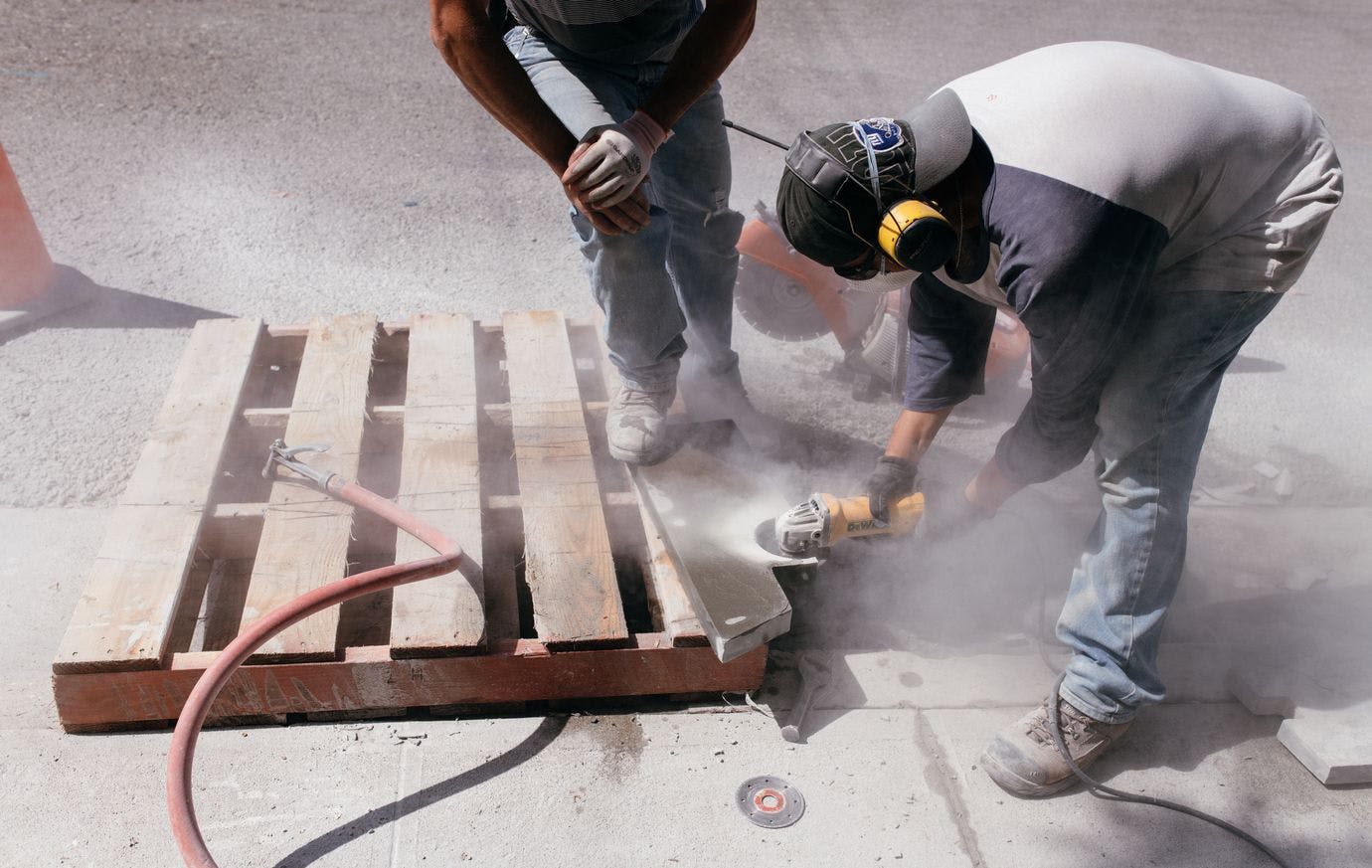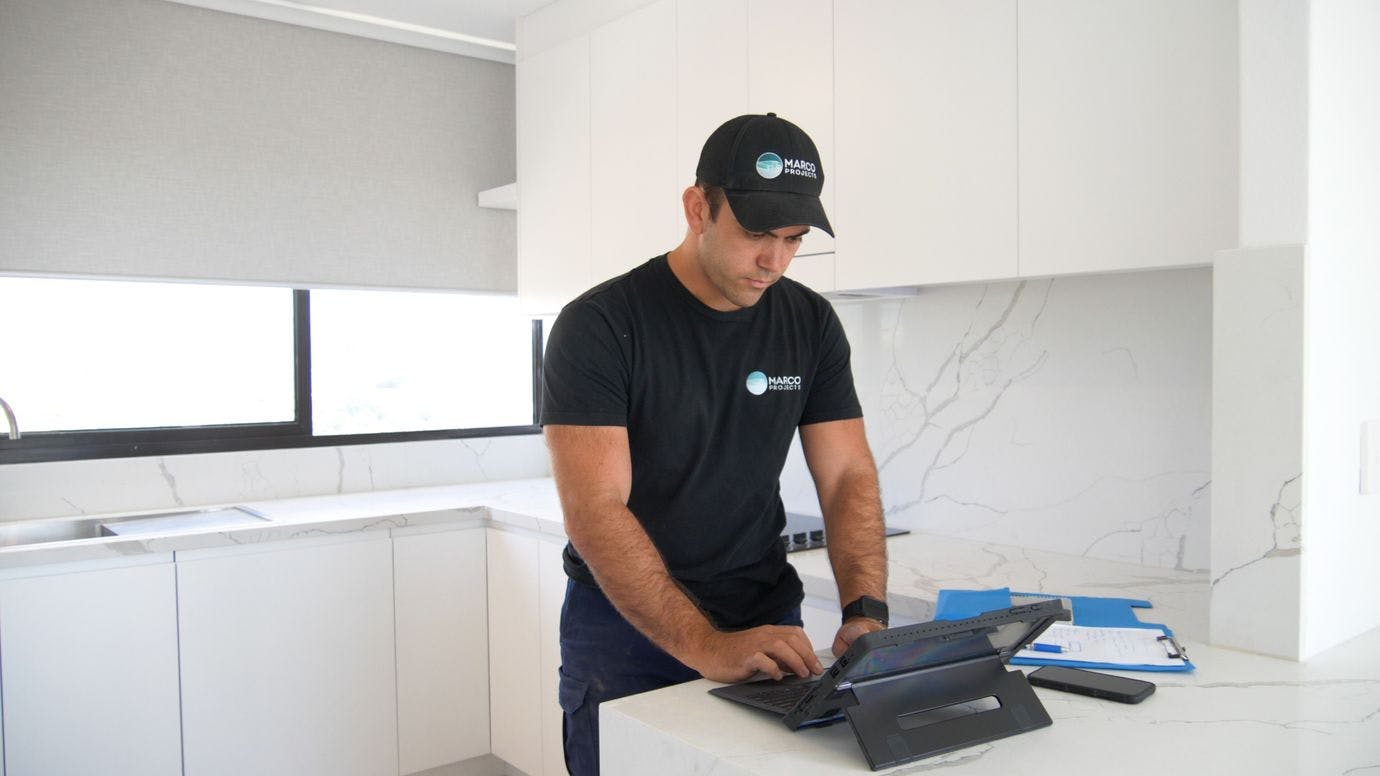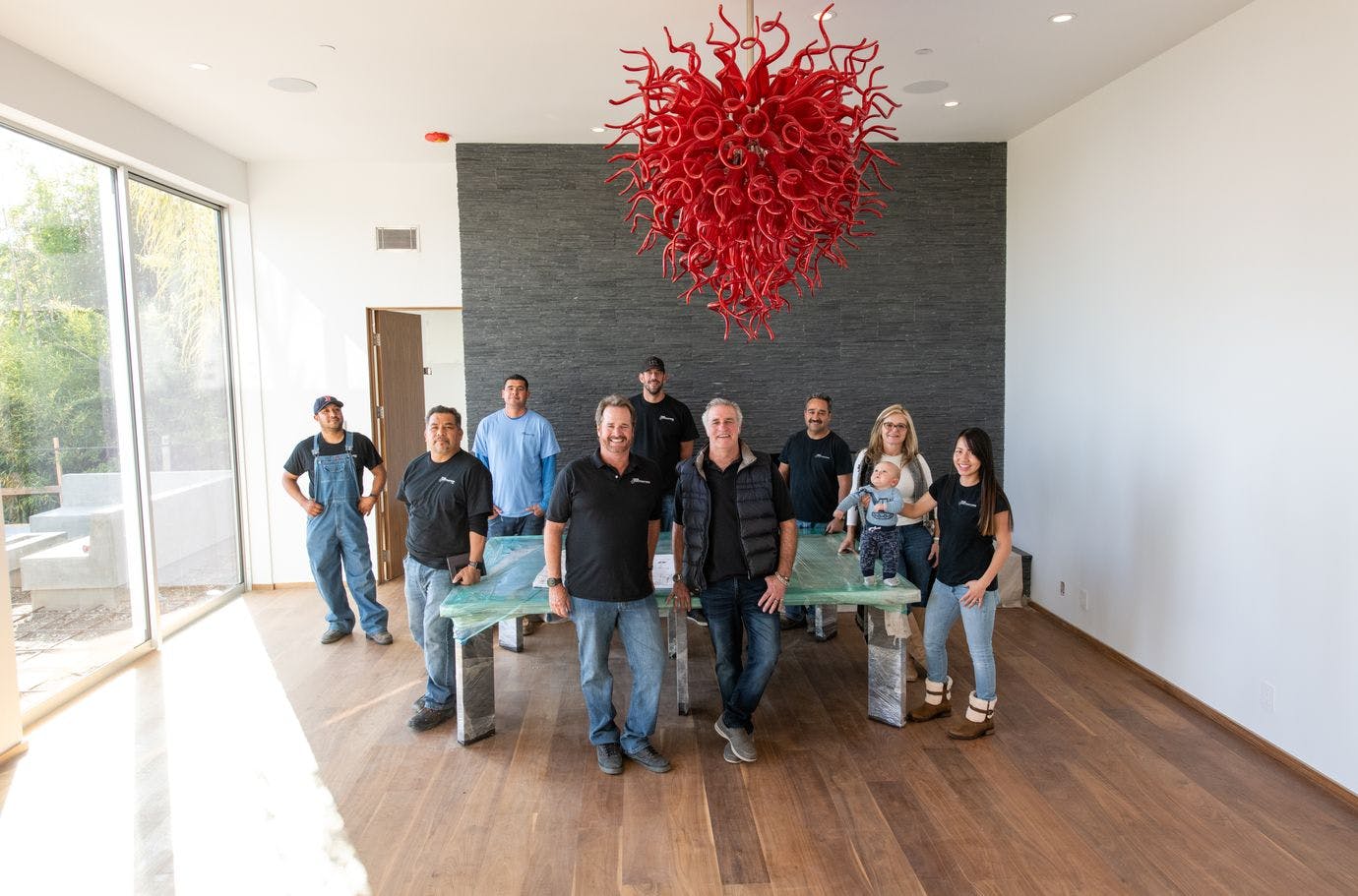5 Practices to Help Minimise Job-site Errors and Strengthen Work Relationships
Industry pros share insights on how they use collaborative strategies and tools to avoid mistakes and ensure success

Any professional will tell you that the most important tool is a team that can effectively work together. When projects involve bringing together large groups of people from diverse disciplines, strong collaboration is what stands between successful, efficient work and re-doing work.
When done right, not only will collaborative practices boost productivity and minimise job-site errors, but they will also improve working relationships and make the job more enjoyable for everyone. With this in mind, keep reading for some of the best collaborative practices industry pros use to help improve communication, minimise re-doing work and keep projects on schedule.

1. Start early to avoid miscommunication
Nothing impacts daily operations more negatively than ineffective communication. When little attention is paid to how a message is relayed from one team member to another, you not only risk potential problems and project delays, but miscommunication can also result in damage to tools, property or, in the worst case, serious injuries.
For David Spetrino of PBC Design + Build, miscommunication is one of the biggest setbacks and complaints with any project. He explains that he sees almost daily occurrences of mistakes in the field that “boil down to information not being communicated to the actual person who is physically doing the work. The site manager meets with the subcontractor who also feels as though they understand the expectation. The subcontractor delegates the work to the installer, and at this point the installation is incorrect.” Essentially, the job-site has become a game of Chinese whispers, with predictably poor results.
To avoid this kind of costly inefficiency, Spetrino advises that collaboration should start in the planning stages of the project. This way, he says, “the person who will physically be doing the work is part of the discussion. It’s not always easy, but that early coordination is a lot cheaper and less painful.” Looping in your entire team early in the planning stages starts everyone on the same page, setting the tone for the project and leading to better decision making and less re-doing of work in the long run.

2. Facilitate strong leadership to improve quality
As a business owner, your attitude and actions serve as the unspoken standard of what is expected on the job and what is not. As contractor Mike Biestek of Remodeling Right says, “Even the smallest things count; if you're a project manager, you're wearing your hard hat and you're ensuring everybody else does too.” Effective managers understand that team members are more likely to respect and follow leaders who hold themselves to the same standards they hold their workers to.
On a larger scale, strong leadership often serves as the catalyst that drives productive collaboration. For David Spetrino, this often begins with trying to clearly understand how your team works best. He explains, “As a leader, it’s recognising that not everyone communicates or shares information in the same way. How I communicate or hear something may be diametrically opposed to the way my designer, site manager or installer does – and that can lead to a breakdown in the overall understanding of my vision for the project. Even asking a coworker to ‘read back’ what they heard goes a long way.” This type of leader, who checks in regularly to discuss progress and facilitate each team working together productively, tends to ensure better outcomes for everyone involved.
Not only does this kind of leadership through communication increase quality, but as Mike Biestek has found, it actually makes the job more enjoyable. “Sometimes I feel like I'm a life coach to some of my employees, which is actually beneficial to me because it makes me feel good about what I'm doing. To hold somebody's hand and teach them something that they just weren't taught,” he says. In an environment where leaders encourage workers to ask questions and learn as they go, everyone wins, including your clients. Plus, it never hurts to establish a great rapport with every team member – they become people you can count on, not only for this job, but they could become instrumental to the success of future projects as well.

3. Promote individual ownership to boost productivity
Nothing runs smoother than a job-site where everyone knows what to do and how to do it well. This is why one of the true markers of successful communication is the ability to effectively delegate tasks. Instilling a sense of ownership in the role of each team member increases productivity and allows any number of individuals to keep the project moving forward without you having to stick around and micro-manage. Biestek trains his employees to the point that he can trust them to act in his place when necessary: “My team has to be able to talk to the client. They have to be able to manage the project. I have to be able to go away for a week and not have to worry about everything burning down,” he says.. This ability to delegate and trust that your workers will do their job well may allow a contractor to take on more projects or even have a more reliable work-life balance.
Not only does effective delegation spread out the workload so that projects can get accomplished quicker, but empowering your team to take ownership over certain tasks demonstrates respect for their individual strengths and abilities. This can go a long way when it comes to establishing the trust necessary for collaborative work on a challenging project. For Jason Bliss, owner of Benchmark Home Construction, promoting a sense of individual ownership in each of his team members is crucial, especially in an environment where clients expect a variety of high-level skills.. “If client expectations are this high, we have to meet them where they're at, rather than just getting stuck in the attitude of ‘This is how we've always done it.’ I feel like we're always having to change it up to match our clients’ expectations,” he says. By providing an opportunity for your highly trained, skilled workers to take the lead in an area where they can bring something new to the table, you're opening the door for innovation.

4. Investing in collaborative technology tools
Over the last several years, technology has made a significant impact on improving communication and boosting collaboration in the construction industry. And when it comes to keeping engineers, subcontractors, suppliers and field workers all on the same page, more and more professionals are turning to construction management software such as Houzz Pro. This kind of tool makes collaboration simpler by ensuring each key player involved in a project has access to everything they need at their fingertips
From the early planning phases through the final touches, this kind of cutting-edge technology makes it easy for anyone to keep track of important decisions, upcoming tasks and daily updates on the latest progress – all by centralising every project detail in one place. With the ability to bring everyone together on the same easy-to-use platform that they can access from any mobile device, construction pros are able to monitor quality, streamline workflows and minimise rework by keeping chaos at bay.

5. Celebrate success together
Construction is hard work. Days can be long, projects can be complex and sometimes a job can feel like it’s never ending. So when you finally reach the finish line, take time to stop and celebrate with your team. After all, no construction project is a one-person job. Recognising the achievements of your workers can make a huge impact on employee satisfaction, retention and their ability to collaborate. Now is not the time to bow out quietly and hope for the best when it’s time to start a new project.
Some practical ways to keep the spirit of collaboration going include taking professional pictures of your finished job as well as a group shot of the team. Share photos and positive captions on social media and tag your collaborators – sharing in the credit on a great job done helps boost morale just as much as a salary. You can also show your appreciation through verbal praise, throwing a party or providing another kind of reward you know your people will appreciate. But whatever you do, keep up the positive collaboration skills here at the finish line. Even once a big project is done, reflecting together on your team efforts – including all of the ways you worked together to avoid common pitfalls – can help to reinforce positive communication and teamwork in the future. So, savour your success and set the stage for more success in the future – cheers to that!

